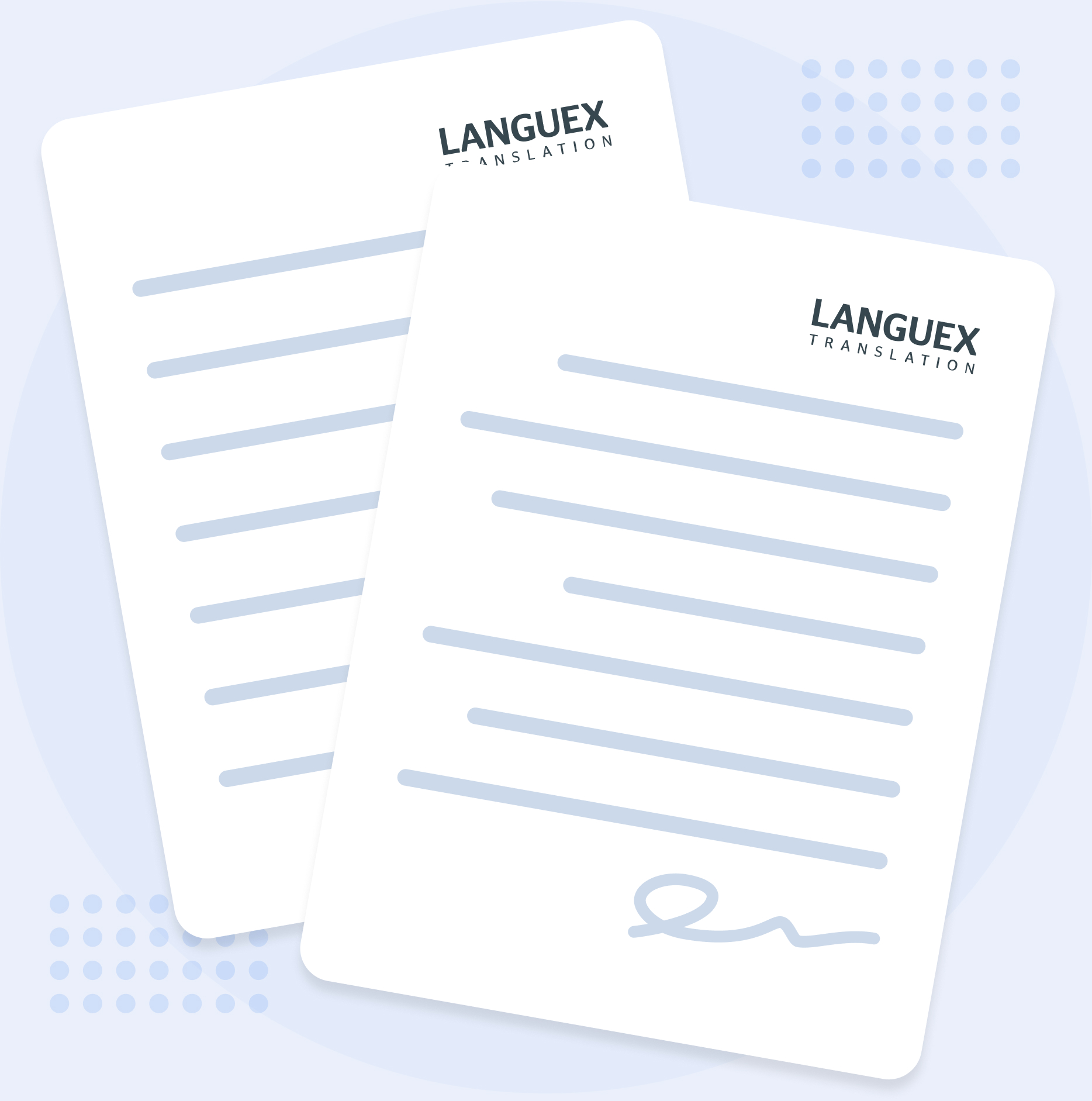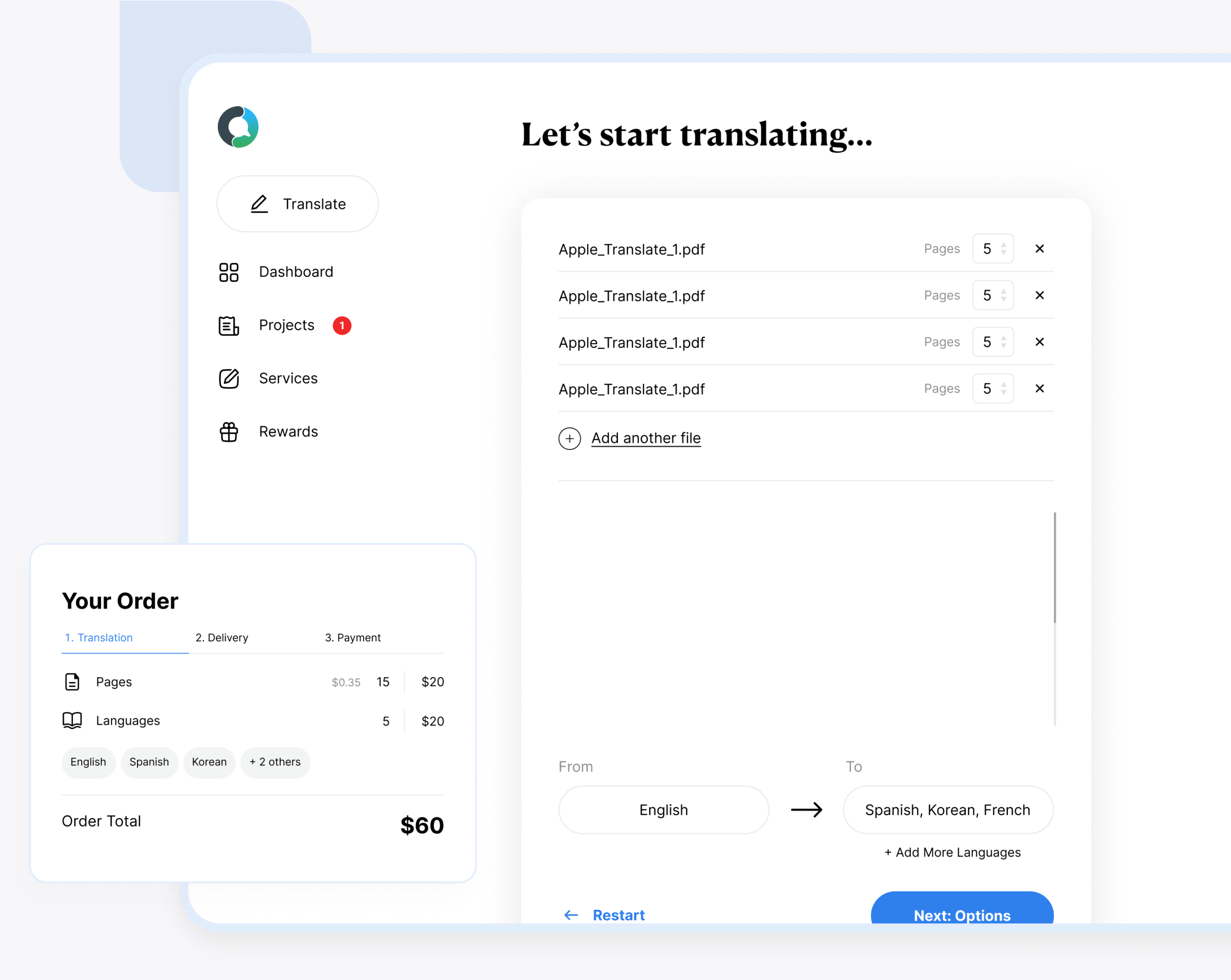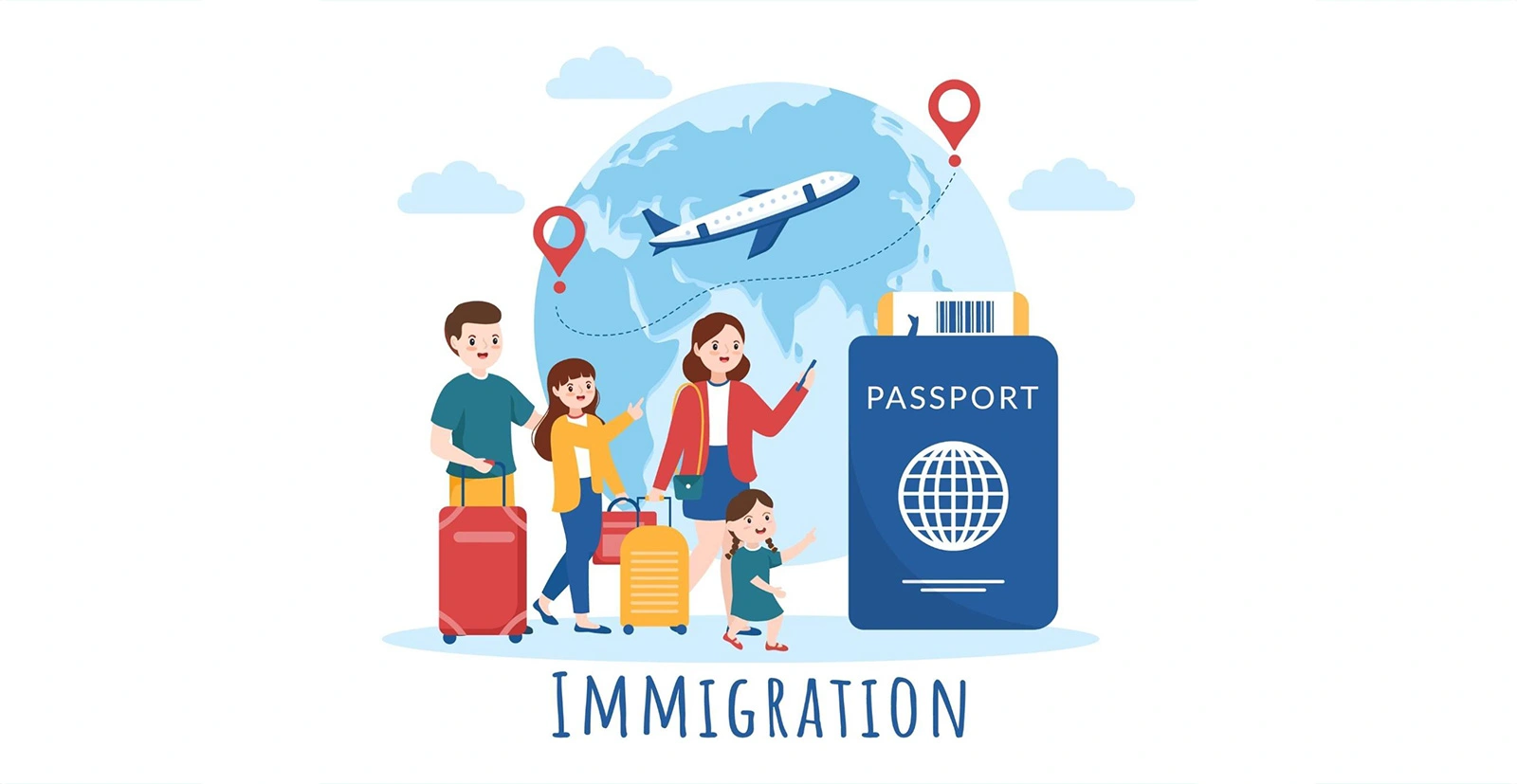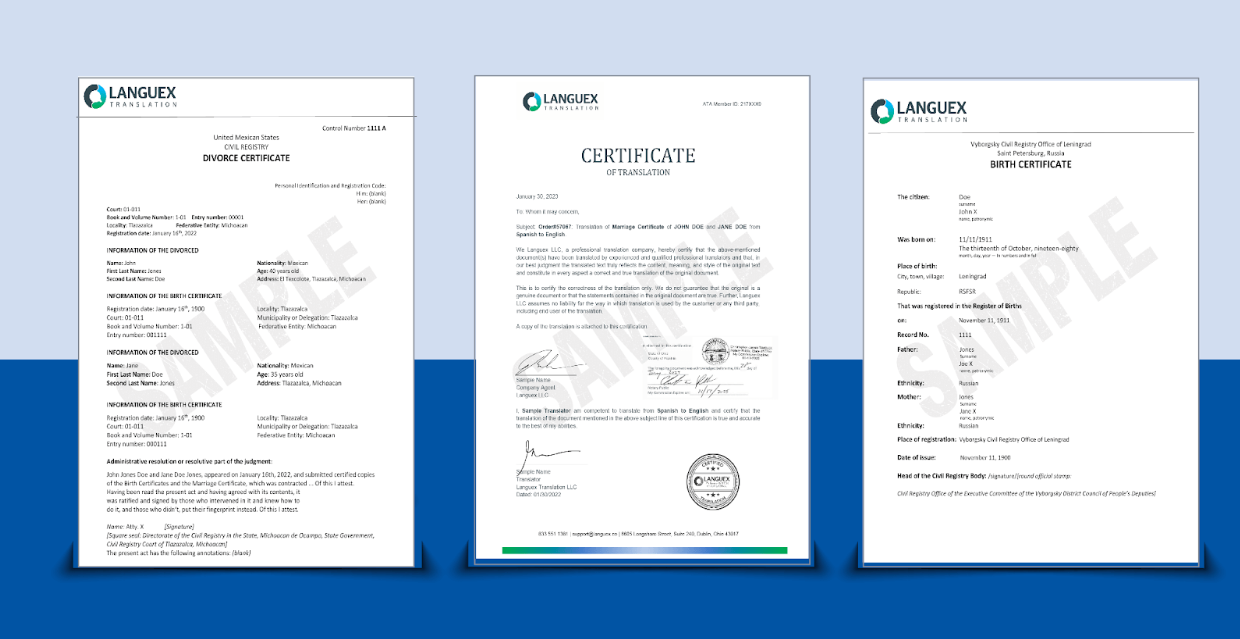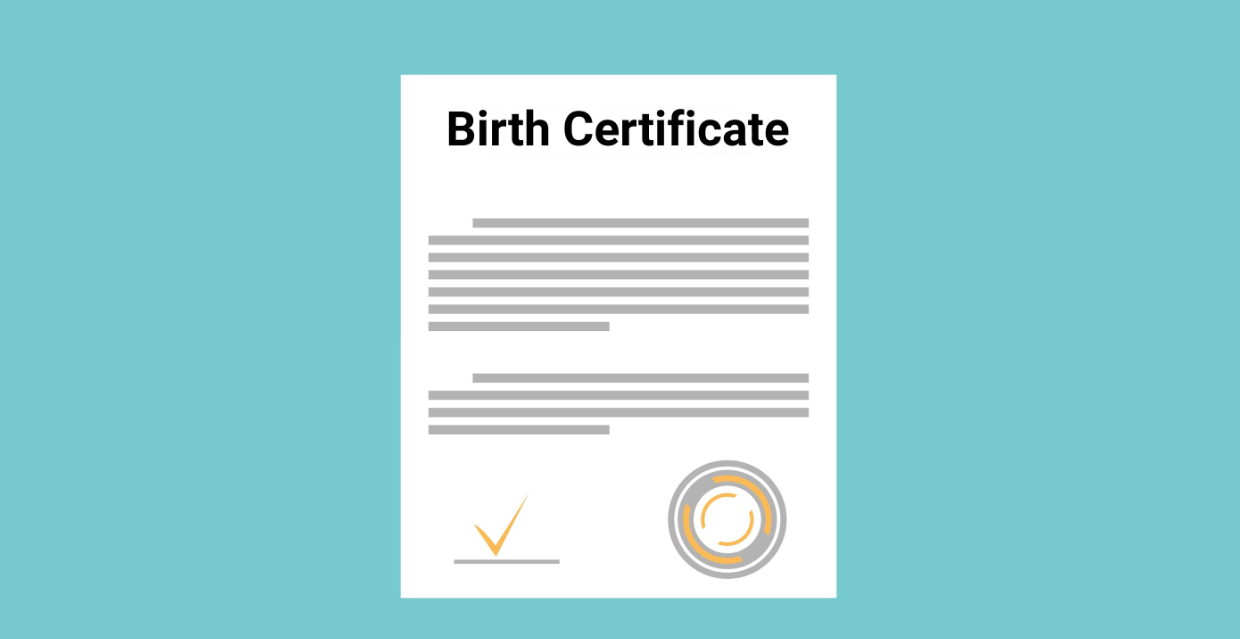Danish is a captivating North Germanic language with a rich tapestry of history and culture, primarily spoken in Denmark and parts of Greenland. A wide array of content necessitates Danish translation, encompassing marketing and business materials, legal contracts and documents, academic works and textbooks, news, media and entertainment, software, apps, and user interfaces.
While there isn’t a “Classical Danish” akin to Classical Arabic, the Danish language has evolved over centuries, with Old Danish texts dating back to the medieval period. Standard Danish is used for official documents, journalism, media, and education throughout Denmark, while regional variations add to the language’s richness and diversity.
However, delivering high-quality Danish translation demands a comprehensive understanding of the language’s nuances:
Regional Variations – Danish, while relatively uniform, has subtle regional differences in pronunciation and vocabulary. Translators must be adept at adapting content to resonate with specific regional nuances.
Cultural Context – Danish is deeply rooted in the nation’s history, traditions, and customs. Effective translation necessitates a thorough understanding of cultural references, idioms, and local expressions to preserve meaning and resonance.
Complex Grammar Structures – Danish grammar, with its unique verb forms and noun genders, can be distinct from English. Expert translators comprehend these unique structures, ensuring accurate representation of ideas.
Word Meanings – The significance of Danish words and phrases can vary greatly depending on the context. Translators must analyze the full context to ensure that the translation is accurate and culturally relevant.


